Optic Nerve Hypoplasia (ONH): A Mother’s Perspective
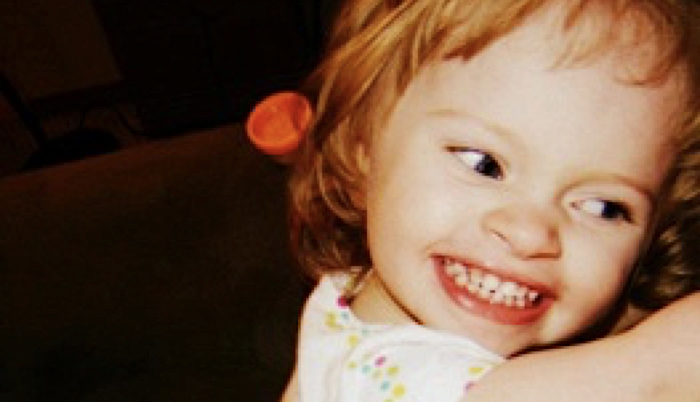
Abigail Cindy Lee: A Short Bio
- Date of Birth: November 29, 2009
- Age: 2.5 Years
- Mental Age: 9-12 Months
- Developmental Age: 12-18 Months
- Degree of Blindness: 100% blind, no reaction to light
- Name of Disabilities: Optic Nerve Hypoplasia (ONH) and Septo Optic Dysplasia (SOD)
- Age at Diagnosis: 4 Months
- Degree of Cuteness: Off the charts!
Optic Nerve Hypoplasia: The Basics
Before You Read: Words to Know
- Anencephaly: A birth defect in which all but the most primitive part of the brain, spinal cord, and overlying bones of the skull are absent. Abby is missing her pineal gland, also known as the sleep gland. This is the gland that regulates and distributes sleep hormone throughout our body. This, aside from her total blindness, is the reason for her sleep issues. Because her body cannot regulate sleep hormone or retain it, melatonin is not a viable option for treatment of her sleep.
- Corpus Callosum: A mass of white matter that joins the cerebral hemispheres of the brain, allowing them to communicate. Abby is missing all of the Corpus Callosum that connects the FRONT of the cerebral hemispheres.
- Encephalocele: A birth defect in which the brain protrudes through an opening in the skull.
- Septo Optic Dysplasia (SOD): A syndrome which includes midline abnormalities of the brain and optic nerve hypoplasia.
- Optic Nerve Hypoplasia: (From here on out referred to as ONH) Refers to the underdevelopment of the optic nerve during pregnancy. The dying back of the optic nerve fibers as the child develops in utero is a natural process, and ONH may be an exaggeration of that process (although, there is no CLEAR reason or answer to what causes ONH). ONH may occur infrequently in one eye (unilateral), but more commonly in both eyes (bilateral). ONH is not progressive, is NOT inherited, and CANNOT be cured. ONH is one of the three most common causes of visual impairment in children.
What Causes ONH?
In most cases there is no known cause of ONH. Infrequently ONH has been associated with maternal diabetes, maternal alcohol abuse, maternal use of anti-epileptic drugs, but MOST commonly young maternal age (20 years of age or less). But these factors account for very few of the total number of cases. All races and socioeconomic groups seem to be affected by ONH.
Characteristics of ONH
In Abigail’s case, she is 100% blind, with no reaction to light. Her vision will not improve over time. However, a mild improvement in light perception may occur as the result of maturation process of the brain.
How is ONH Diagnosed?
ONH is diagnosed by direct examination of the eye by an ophthalmologist. No current laboratory or radiographic tests will establish the diagnosis.
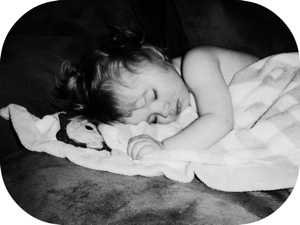
How ONH directly affects Abigail
Because of her blindness, Abby has little interest in food. She cannot see it, so naturally, there is little desire. However, this trait coupled with SOD makes eating for Abby even more difficult. Diminished taste and smell are two characteristics of SOD. So imagine that you CANNOT see, taste or smell what you are eating. Food wouldn’t be very appealing would it?
Another cause of Abby’s poor diet is her brain’s inability to tell her when she is hungry. Abby can go months without eating a solid meal. She lightly snacks throughout the day, and binge eats every two months or so. She will eat really, really well for about a week and then once her body has been satisfied, it’s “hunger” drive is shut off. All of this added together causes her to have hypoglycemia. This is a big reason for her meltdowns (Autism also plays a huge role).
Abby’s Conditions Associated with ONH
Associated brain and hormonal abnormalities are common in children with ONH. Abby’s abnormalities are: Midline anomalies of the brain, septo optic dysplasia (absence of the septum pellucidum and the corpus callosum), encephaloceles, anomalies of the ventricles, anencephaly, cerebral atrophy and, rarely, tumors.
Hormonal insufficiencies: thyroid, growth hormone, pituitary, adrenal, anti-diuretic hormone (ADH controls the moisture levels in our bodies through sweating and urination).
Abby’s SOD was identified through an MRI when she was 5 months old. Her hormonal insufficiencies require constant testing and exams by her pediatric endocrinologist. Abby is at risk of several hormonal insufficiencies because she was hypoglycemic and severely jaundice when she was born.
ONH MYTHS
- ONH occurs in clusters due to use of pesticides in the environment.
- The associated midline anomalies have a profound effect on the visual outcome and/or spatial orientation of people with ONH.
- All mothers of children with ONH were drug users during pregnancy.
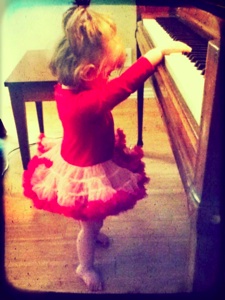
What Abby Goes Through on a Daily Basis
Abby is a very cheerful and pleasant girl. She faces many struggles every day. Currently Abby stays awake for 20-24 hours and is sleeping about 7 hours (often separated into sleep sessions). Her eating habits are sporadic at best. Her weight fluctuates from 16-22 lbs depending on her diet that month. Abby cannot be around people who are sick, just getting over being sick, or have been in contact with someone who is sick. If I get a cold and pass it to Abby, it becomes the flu for her. And just getting the flu can send her to the hospital.
Abby does not interact with other children, and most children don’t approach Abby because they think she does not like them. In all actuality Abby can’t see them and does not know they are there or talking to her.
Abby learned to walk with assistance a few months ago, but regressed after getting sick. She now refuses to explore the house and struggles when her routine changes. She only goes to her mother, father and close family. Abby has frequent meltdowns (periods of time where she is afraid or confused that cause her to scream, cry and lash out) that can last 30 minutes to 7 hours. Because of Abby’s sleep deprivation it prevents the family from going to some activities… or even leaving the house.
Abby has a small vocabulary. Her vocab is “mama”, “dada”, “daddy”, “baba” and “sit.” Abby is a lover of all things musical (which makes her the perfect child for me). She loves all music, including Queen, Journey, Rihanna, Chris Brown, Blake Shelton, Johnny Cash, Brian Mackey, Pink, Waking Jordan, Nirvana, Yellow Card, Jayme Dee (those are her favorites).
Her favorite movie is My Fair Lady. She loves being tossed into the air as high as she can go. She loves being tickled and LOVES LOVES LOVES stealing the covers.
She also loves dancing with me (mom) around the house to our huge iTunes playlist. Abby will also stand at the piano and play for 3 hours without sitting down. Sadly, since her diet and sleep have been horrid for two months, she has lost muscle mass and strength and will not stand or walk for long periods of time anymore. We are working on exercising and building them up again.
Abby FAQ’s
- Q: Was she born blind? A: Yes
- Q: Can it be cured/fixed? A: No
- Q: How can she be blind, her eyes look fine? A: Her eyes are perfect. There is nothing wrong with her EYEBALLS. It is her Optic Nerve that is much smaller than normal. And she is missing millions of nerves that connect from the brain to the optic nerve. These nerves send messages from the brain to the eyes. Think of it as a flashlight. The batteries give life to the light bulb and the light bulb sends light to the lens. When the bulb breaks or blows out, even though the batteries are giving power to the bulb, it cannot transmit light through the lens, because the bulb itself is unable to function.
Related Posts

Eye Conditions and Syndromes, Visual Impairment
Neuralink Announces Plans to Restore Sight to the Blind with Brain Chip
Elon Musk’s company Neuralink has announced plans to begin human trials of its new “Blindsight” brain chip by the end of 2025.
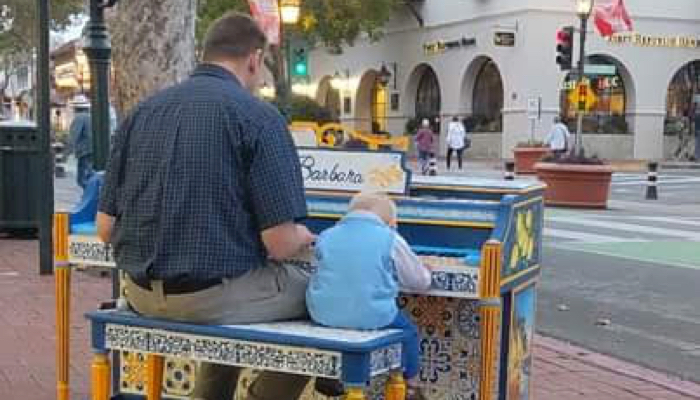
Visual Impairment
The Gift of Understanding: How a Young Child Helps His Blind Father Navigate Life
When a parent is blind, it’s natural for people to wonder how their sighted child will adapt. Will they struggle to understand their parent’s needs? Will they feel burdened by...
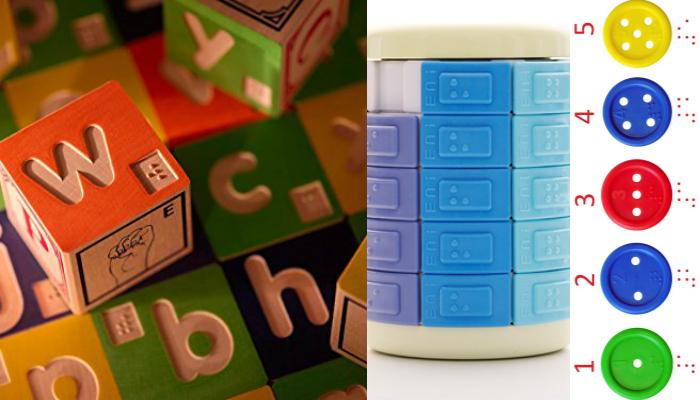
Braille and Literacy, Toys, Visual Impairment
24 Braille Toys for Kids Who are Blind
Everything from alphabet blocks to raised line coloring pages and activity books to puzzles to card and board games... and so much more! And it's all in braille ready for...